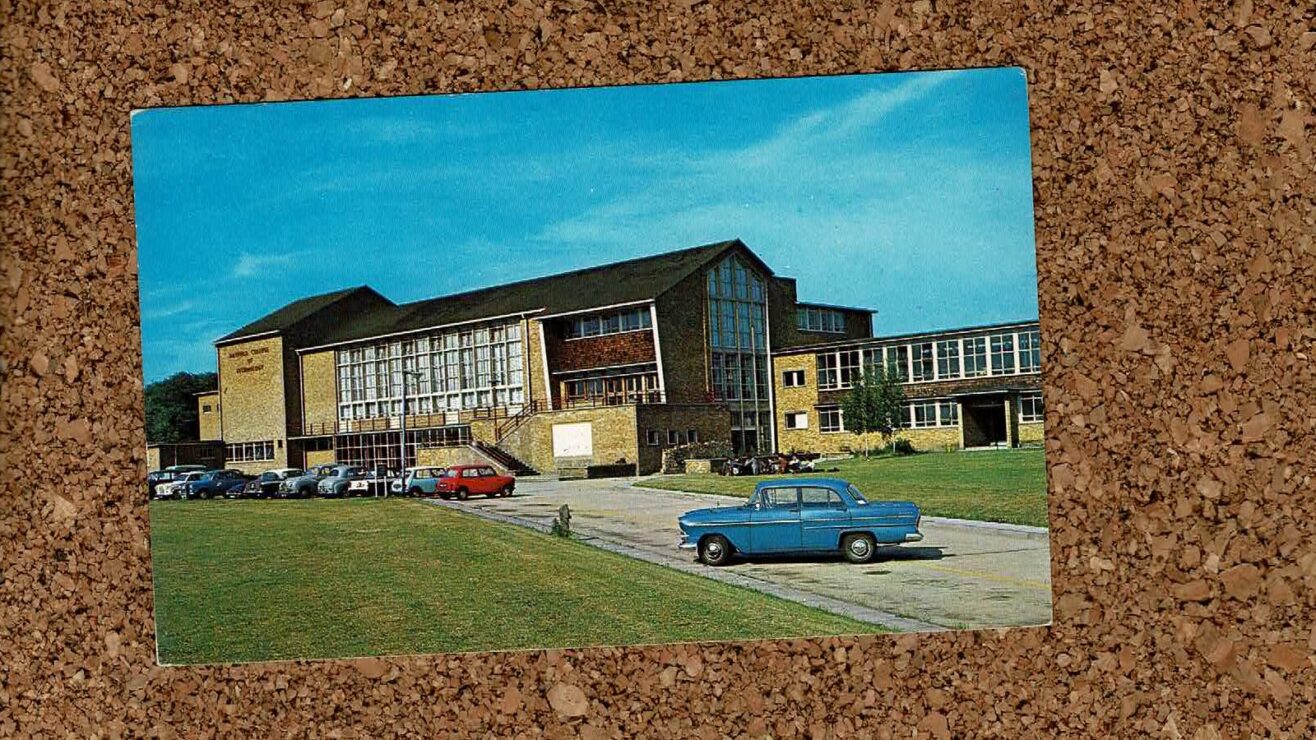Higher education already borrows heavily from the sporting world, with its ranking systems incorporating countless number of league tables, and the planned gold, silver and bronze ratings under the TEF taking another custom from this world.
But it seems to me that while we’ve applied some of the governing factors, we’ve stopped short of leveraging the processes that contribute to individuals and teams becoming award-winning. Might we be able to apply what’s worked well in performance enhancement and improvement in sports to higher education?
In particular, can we learn from the now-popular sporting philosophy of ‘marginal gains’. Sir Dave Brailsford, the former performance director of British Cycling, has popularised the approach of breaking down winning a race into its component parts. Making small, one per cent changes in lots of different areas can lead to a really significant improvement overall.
In an interview with BBC Breakfast back in 2012, Brailsford said:
“There’s fitness and conditioning, of course, but there are other things that might seem on the periphery, like sleeping in the right position, having the same pillow when you are away and training in different places. Do you really know how to clean your hands? Without leaving the bits between your fingers? If you do things like that properly, you will get ill a little bit less.”
Universities should consider taking a similar approach: interrogating the multiple factors that make an impact on students’ development, knowledge acquisition, and employment pathways, in order to make cumulative improvements.
Innovations from a marginal gain approach often come from alternative forms of research or knowledge and unexpected areas. We therefore need to look beyond traditional solutions for improving student learning and development, and ask ourselves what changes can be made beyond the usual answers.
To take one such example, one contributor to our #codesign16 Twitter discussions mentioned that they would like more data about the rooms in which students learn best. Layout may be one factor, but also the amount of natural light it gets, how noisy it is, even temperature; would lowering the temperature by as little as one degree make students more attentive and motivated?
Brailsford mentions the difference sleep can make to cyclists: what about students? How can students be reminded of the importance of sleep for learning in a way that encourages them to make positive changes to their own behaviours? What other changes can we make to students’ living environments that supports their learning? You can see how the process can be broken down, assumptions can be analysed, and informed, incremental changes made.
The most obvious approach for achieving marginal gains in teaching and learning would involve supporting all teachers to get the basics right: helping students understand what success looks like; focusing on deep rather than surface learning; ensuring assessments focus on the articulated learning objectives and marking criteria are clearly communicated; giving actionable and timely feedback. The marginal gains approach has already been used in many institutions’ implementation of lecture capture, by testing which aspects support students’ learning in the most cost-effective way, such as high-quality audio with slides, and then focusing effort on high quality delivery.
Assessment is an example area where the opportunities for marginal gains are extensive. What can we infer from correlations between the number and timing of assessments, against student outcomes? How does this compare if students are able to comment on the rubric for marking prior to undertaking an assignment? Or, if they are able to self-assess their work before handing it in, does this encourage critical thinking, and command a deeper level of understanding? For revision, just as our cyclists are engaged on a programme that optimises training and recuperation time, could we promote the optimal frequency of practice, say, of foreign language vocabulary learning? Each aspect allows us to delve a little deeper, gain insights and make informed decisions about course design.
After twelve years of the NSS, universities are used to looking for the additional one percent in student satisfaction, addressing everything from feedback on assignments to catering and car parking. It will be interesting to see if universities can find new marginal gains to get them onto the TEF podium for their teaching quality, and better outcomes for learners.
Jisc’s latest co-design programme will be exploring the use of data-driven approaches to refining learning and teaching practice, including the use of marginal gains, to help us come up with solutions to the biggest challenges facing teachers in higher education. I would urge others to join the debate, so that together we are well-armed to deal with the opportunities, and support our universities to achieve the gold-standard.












